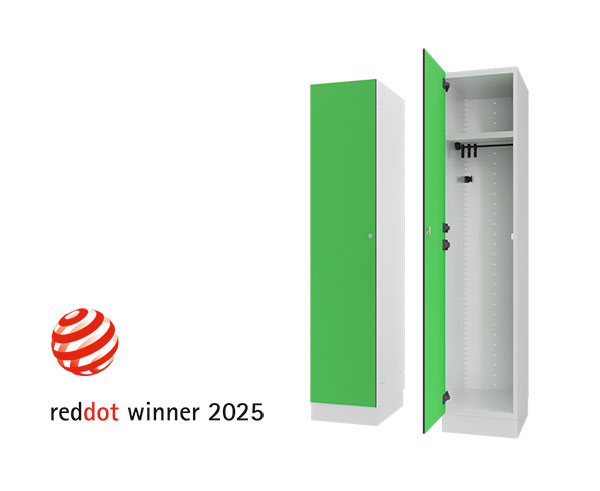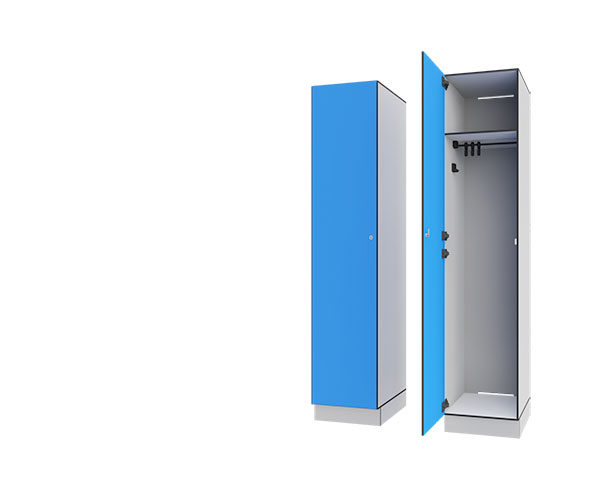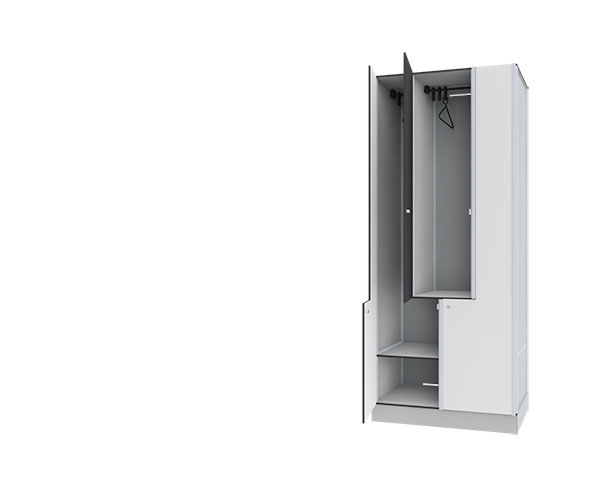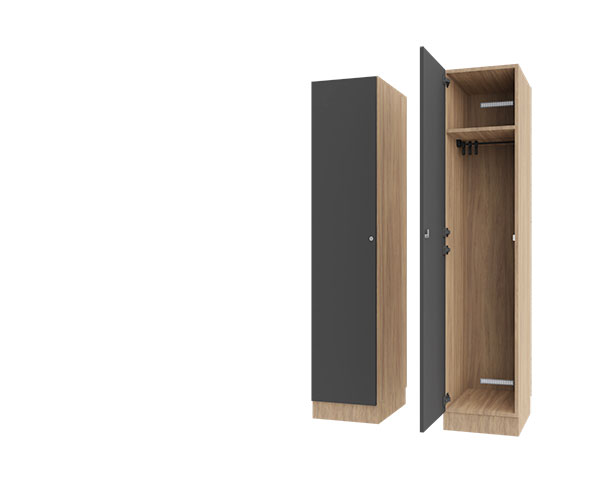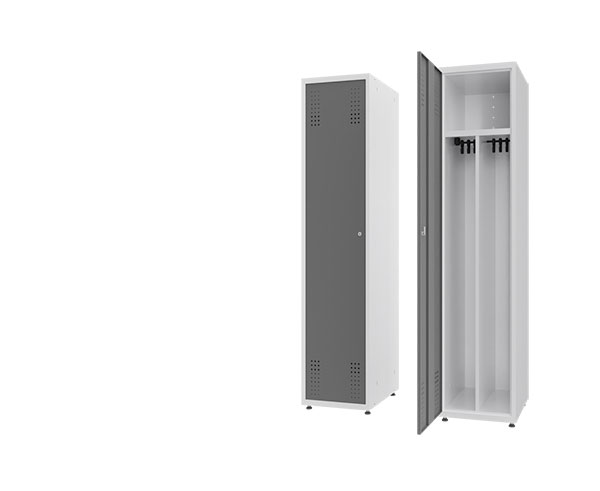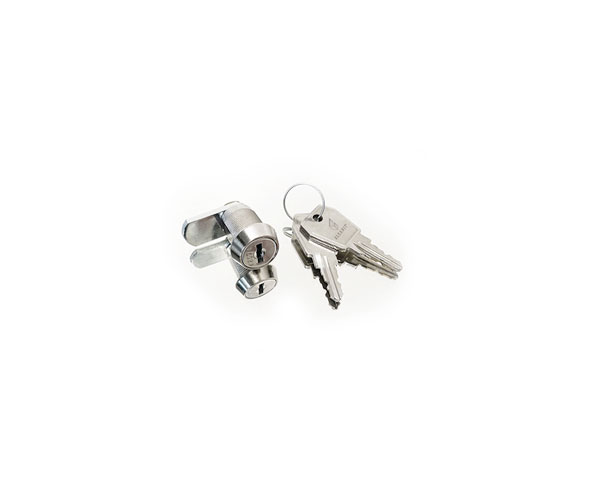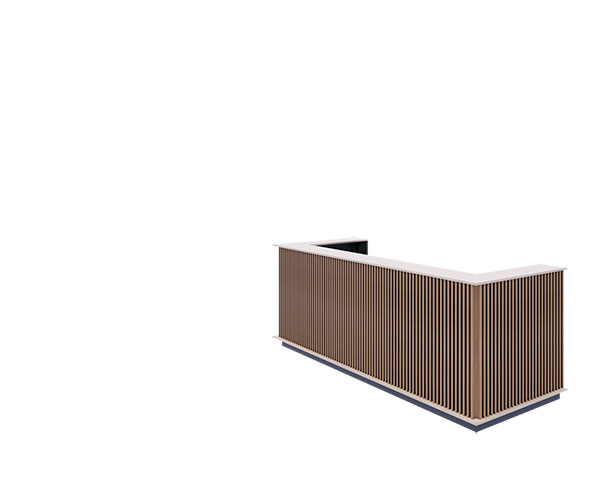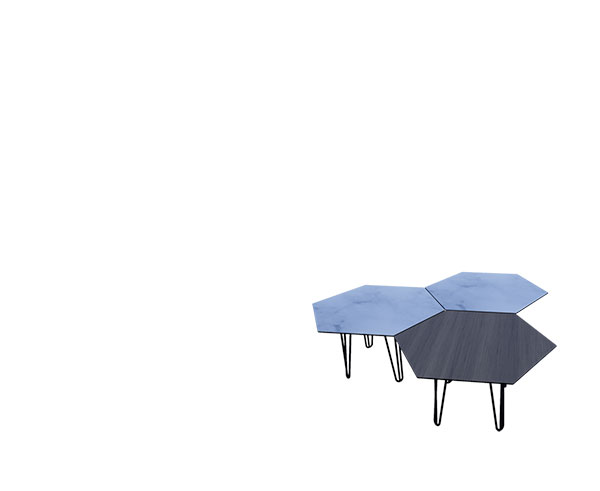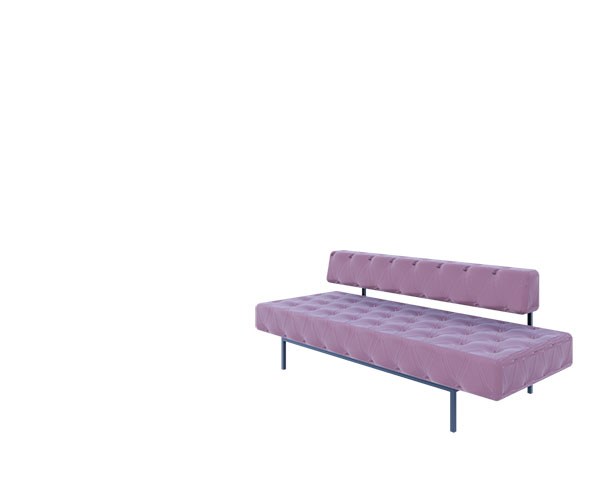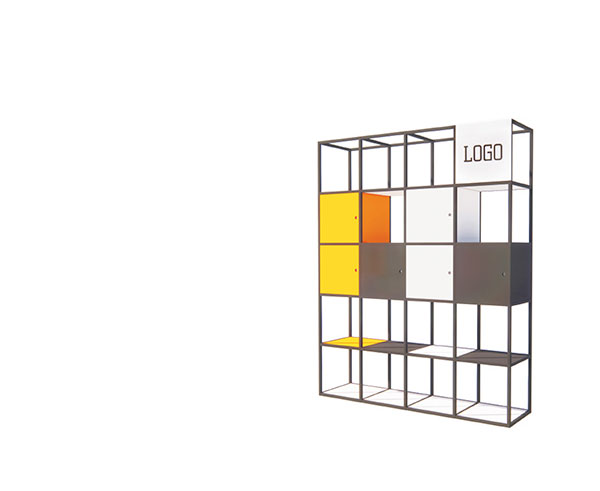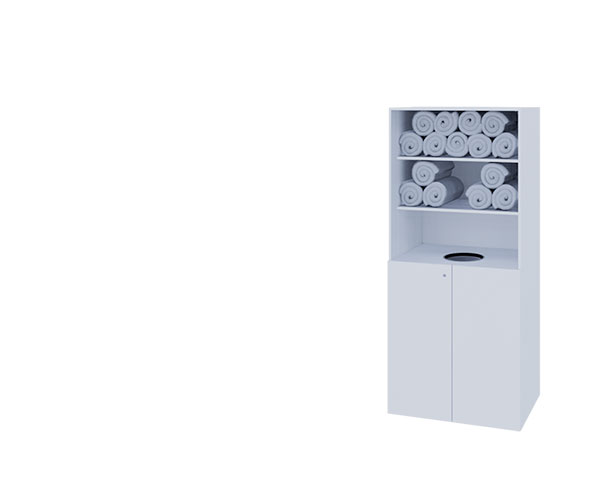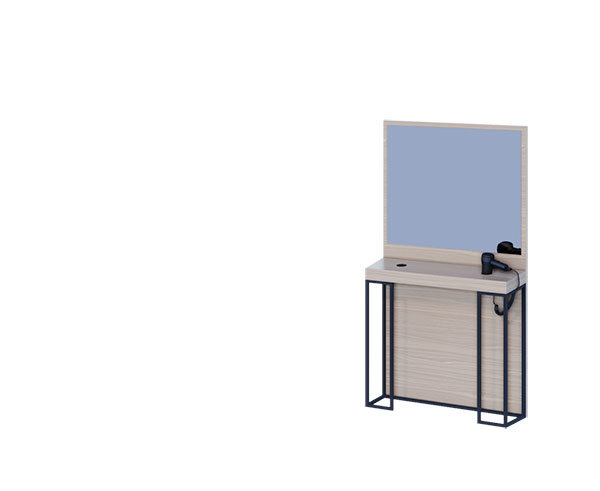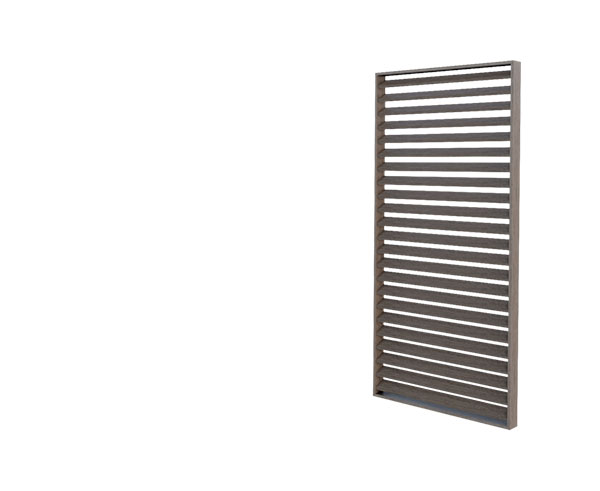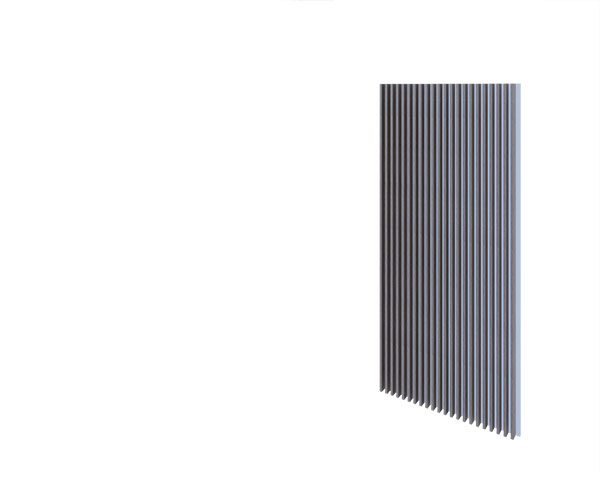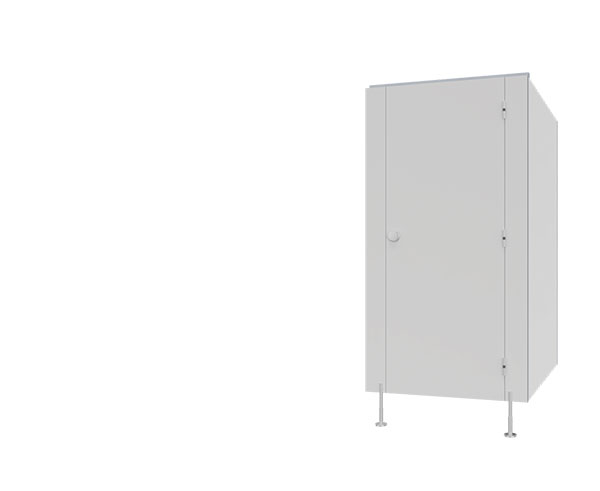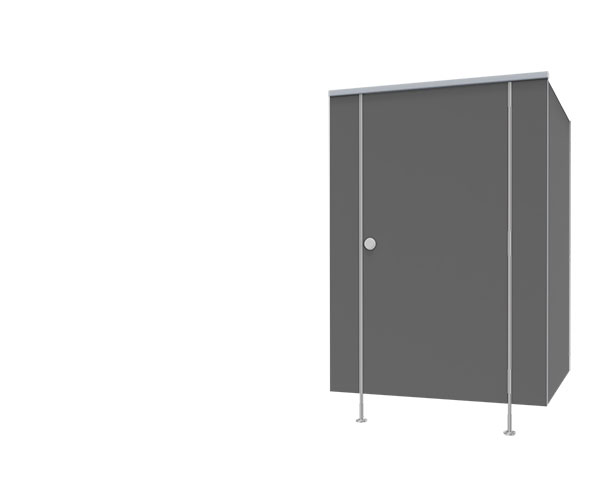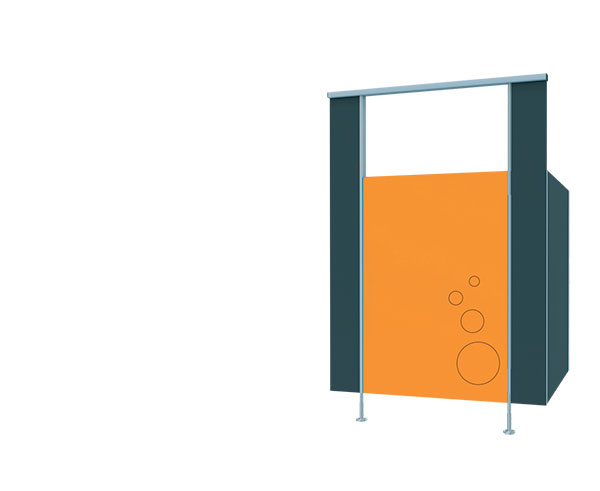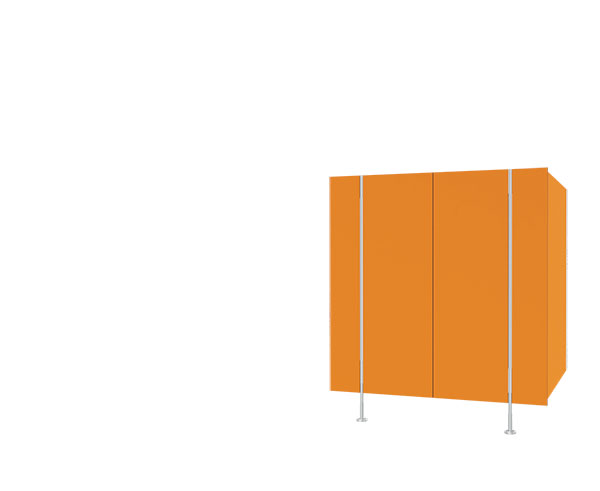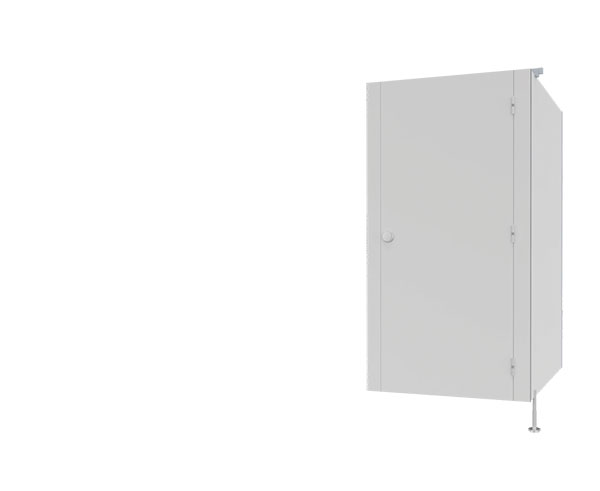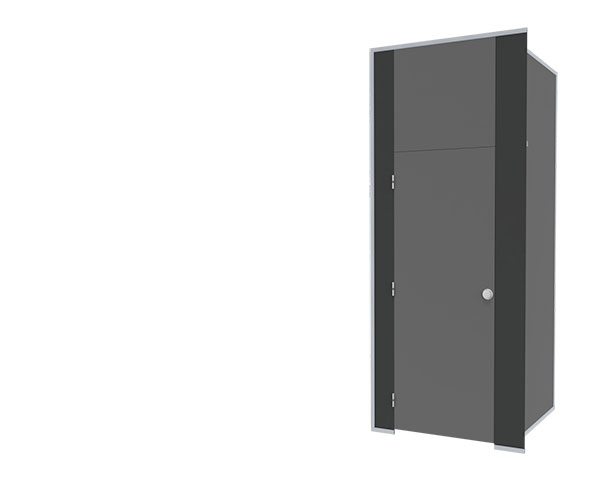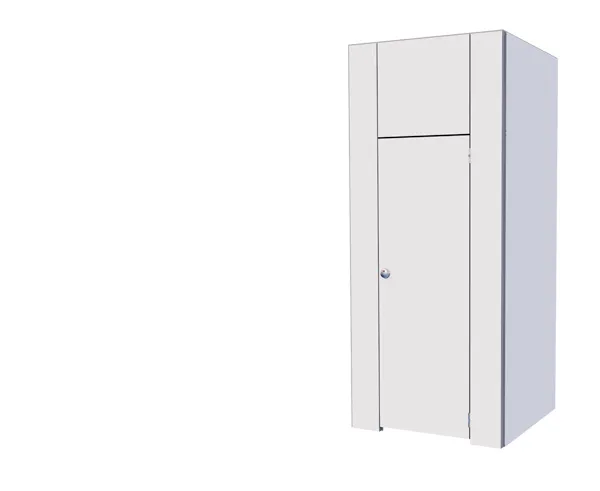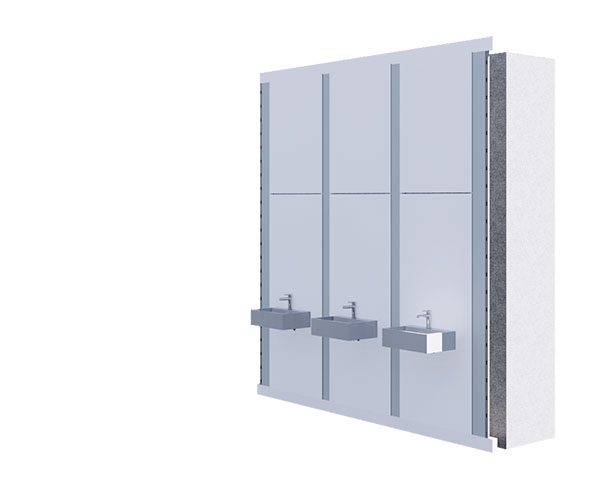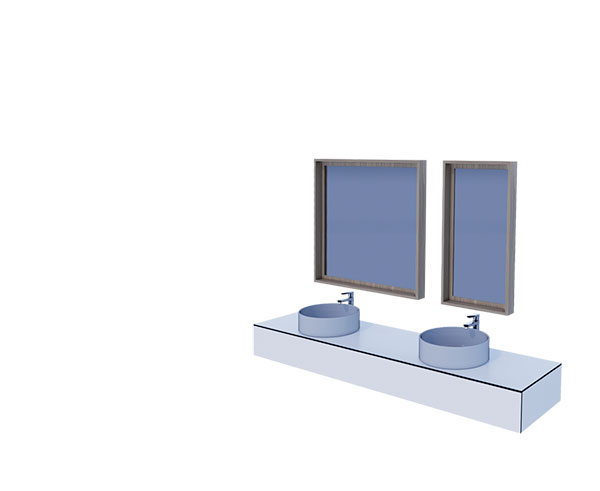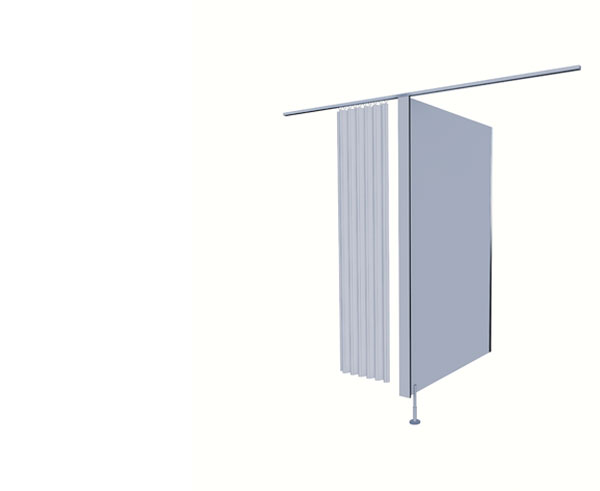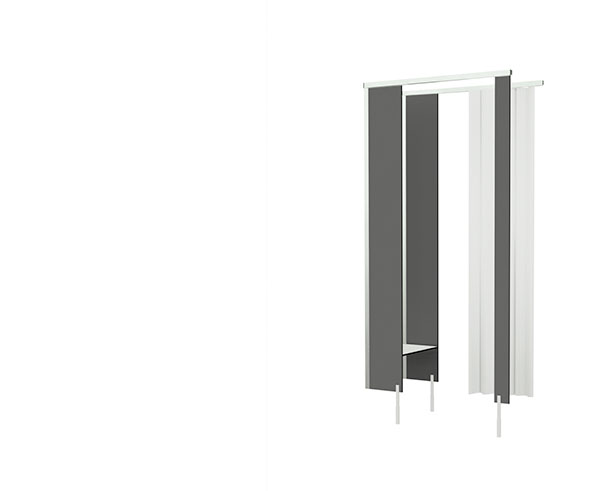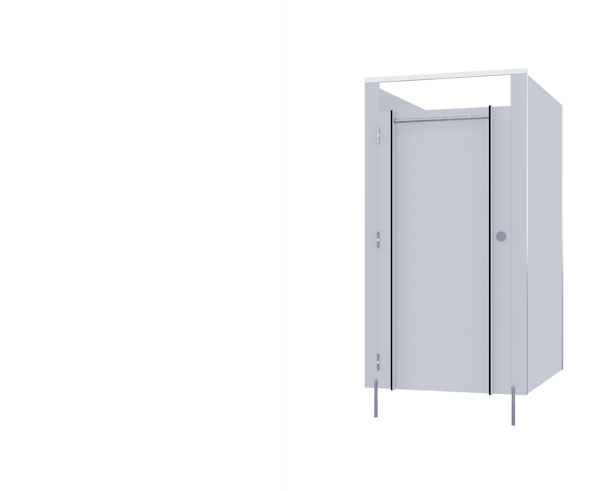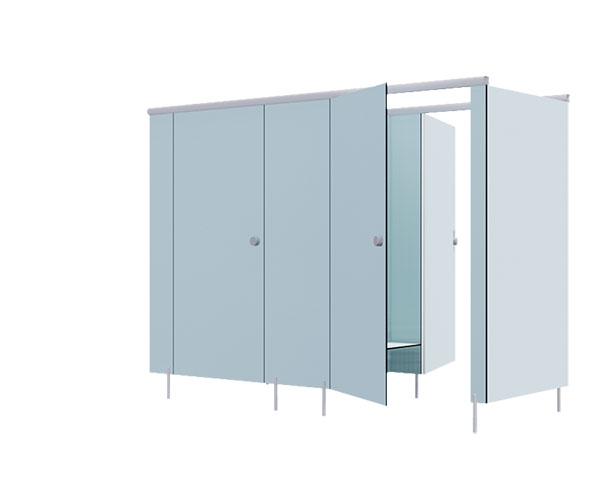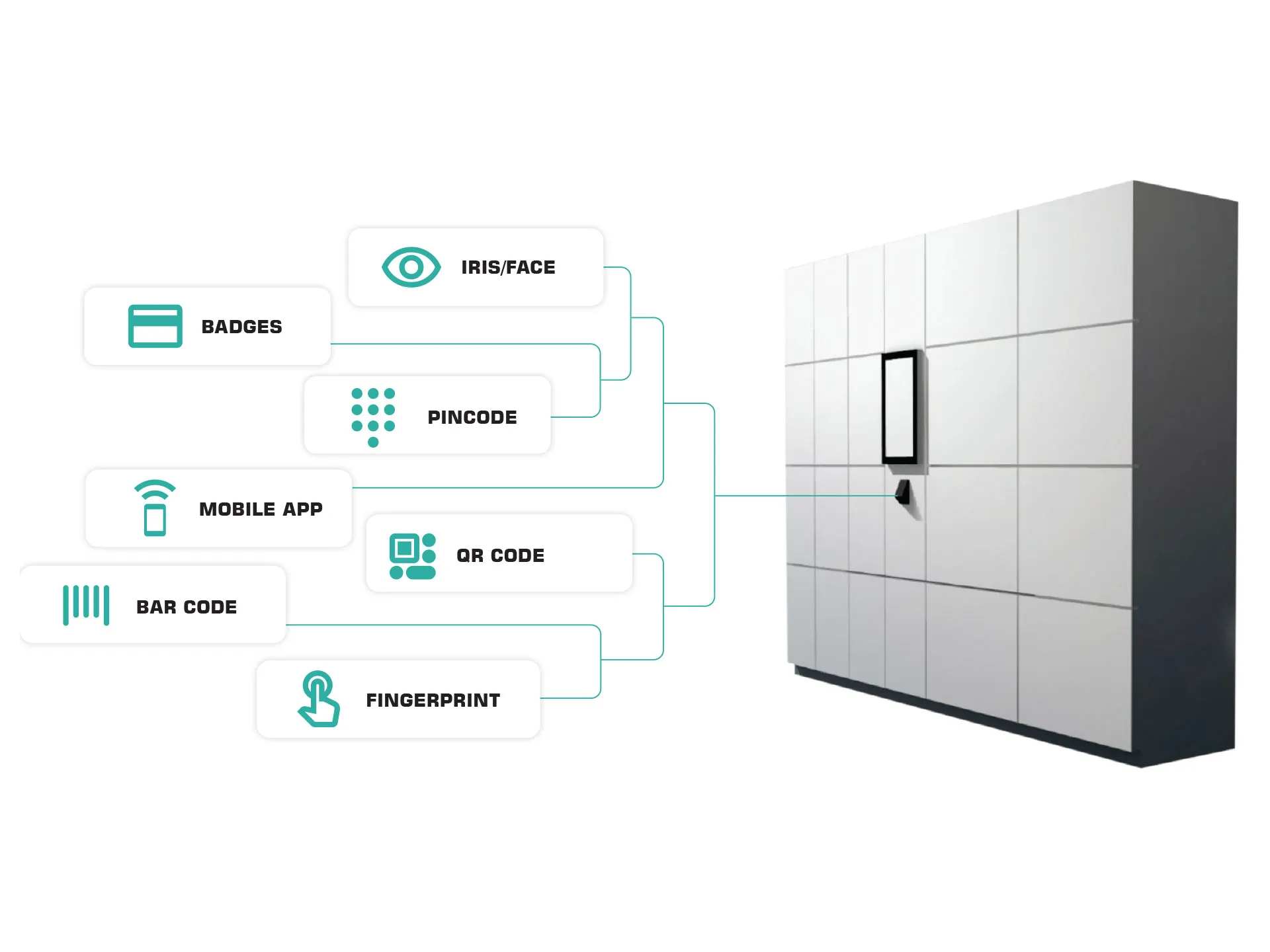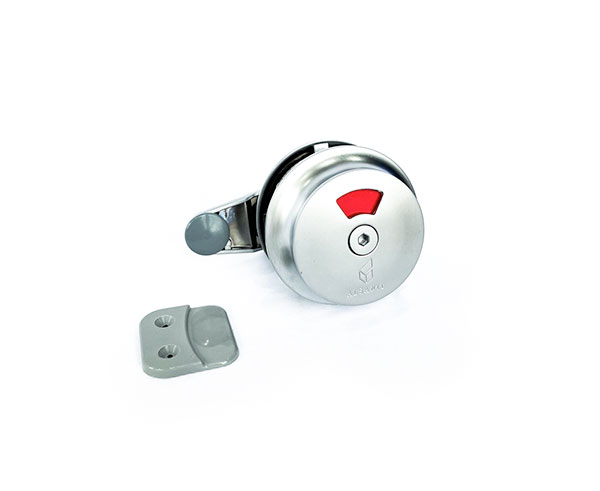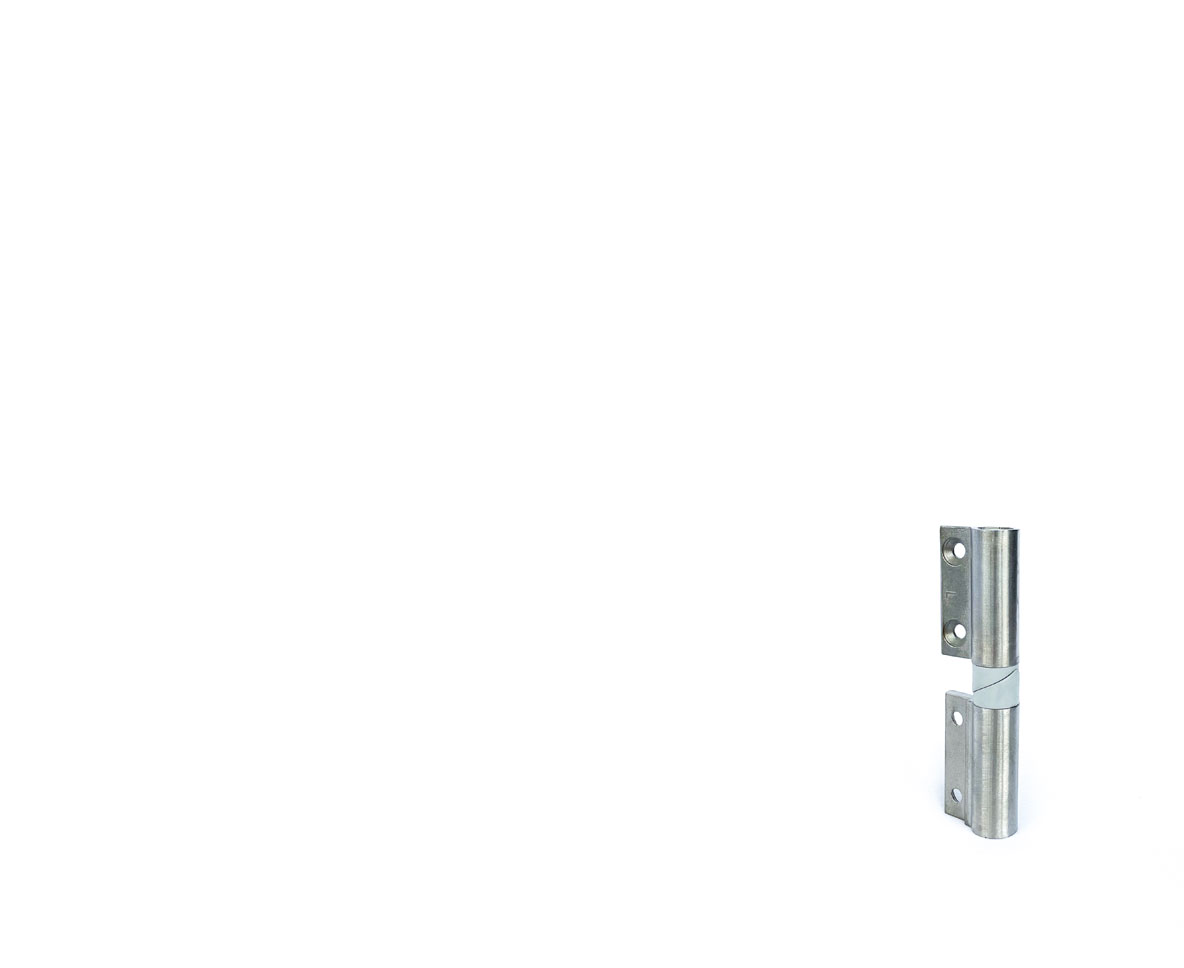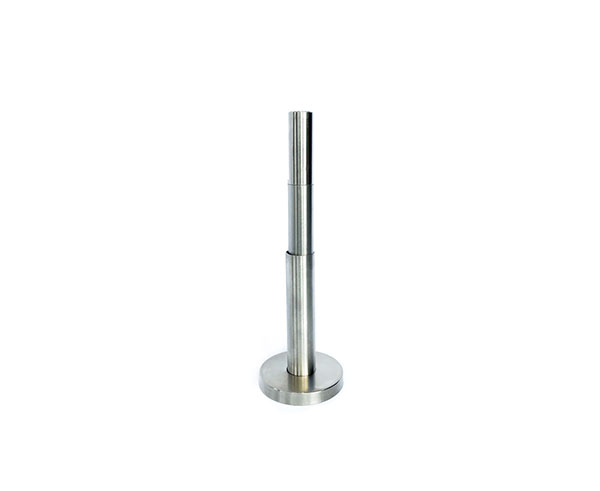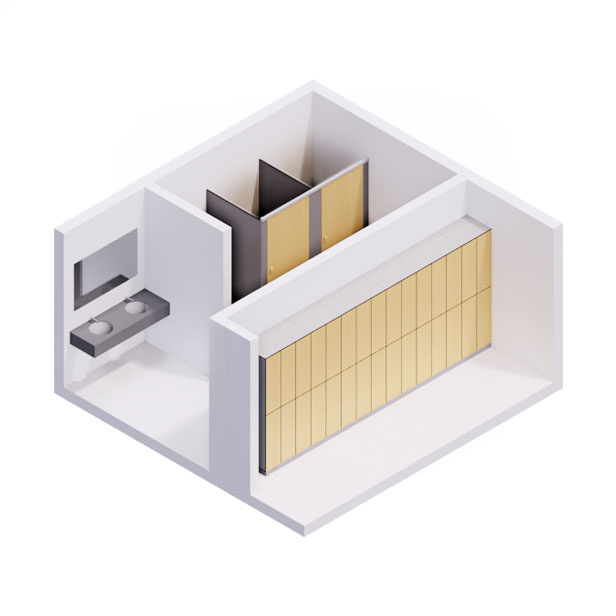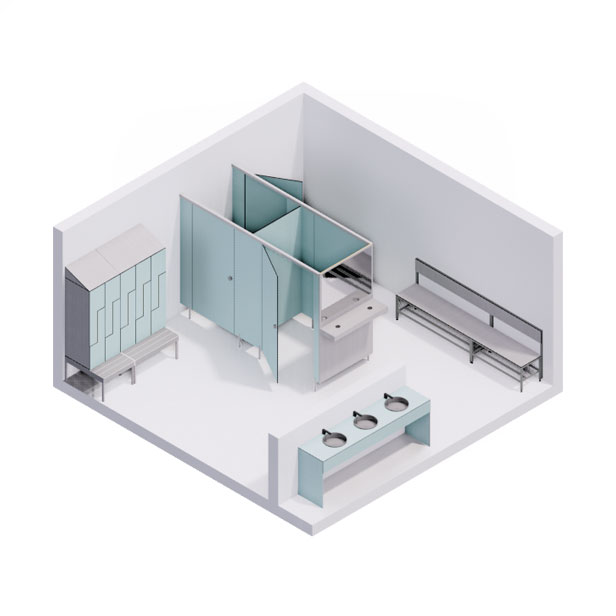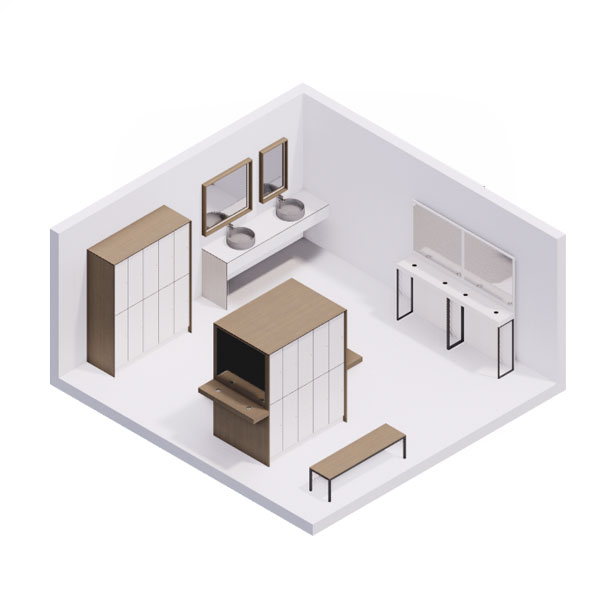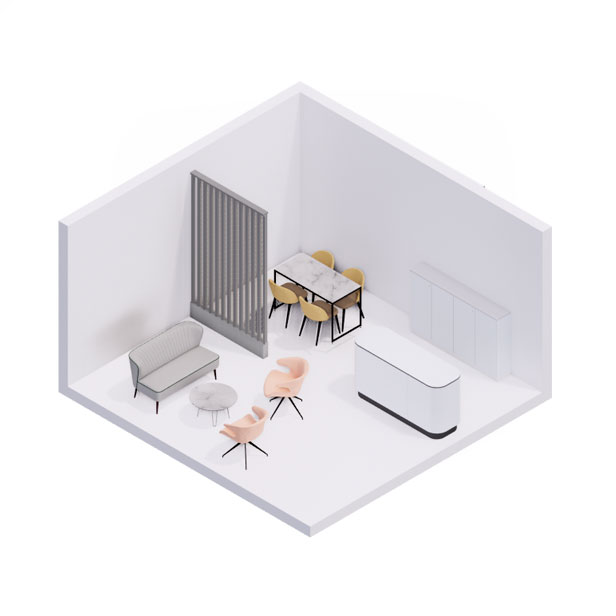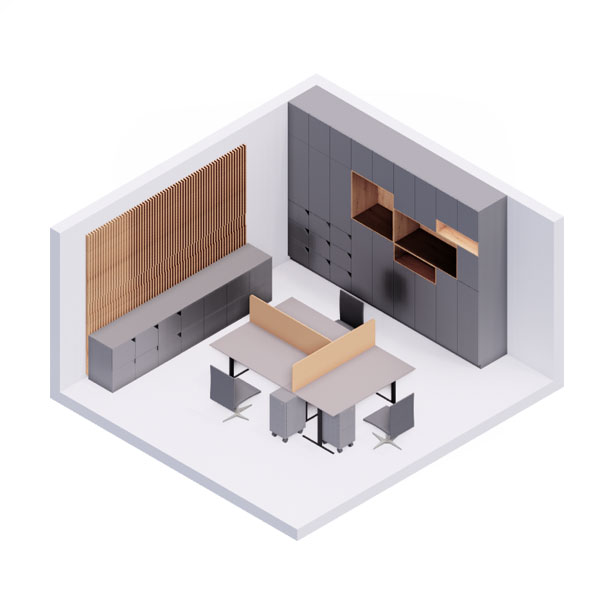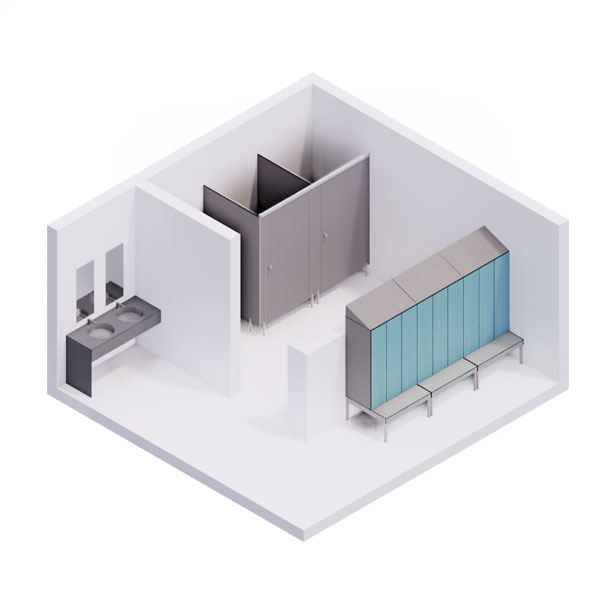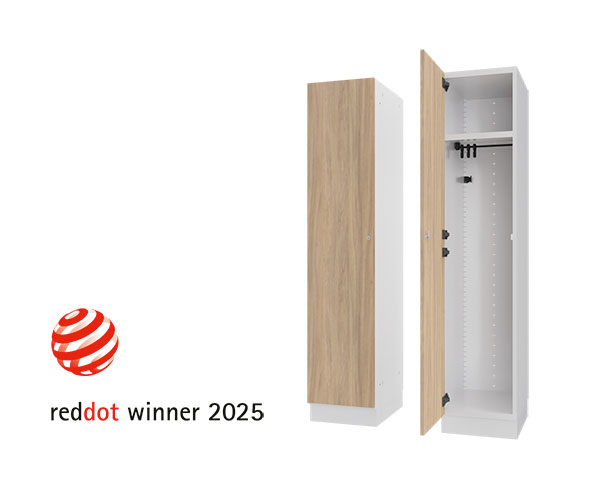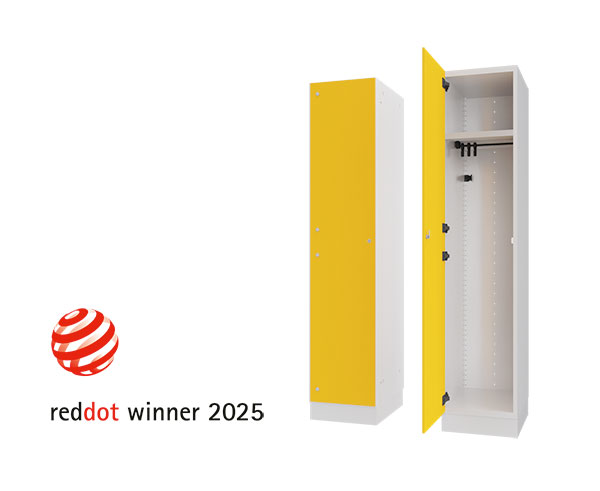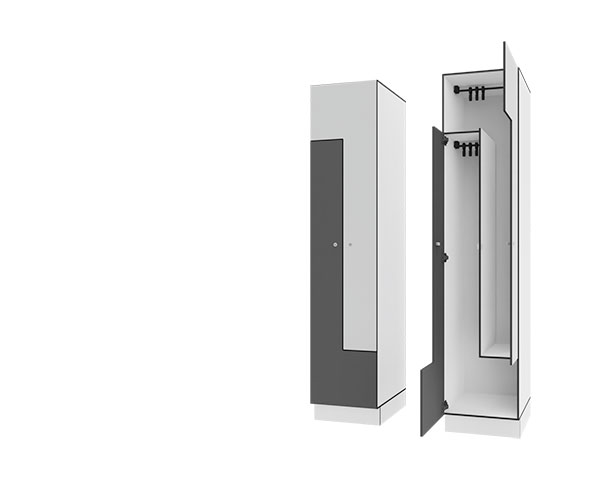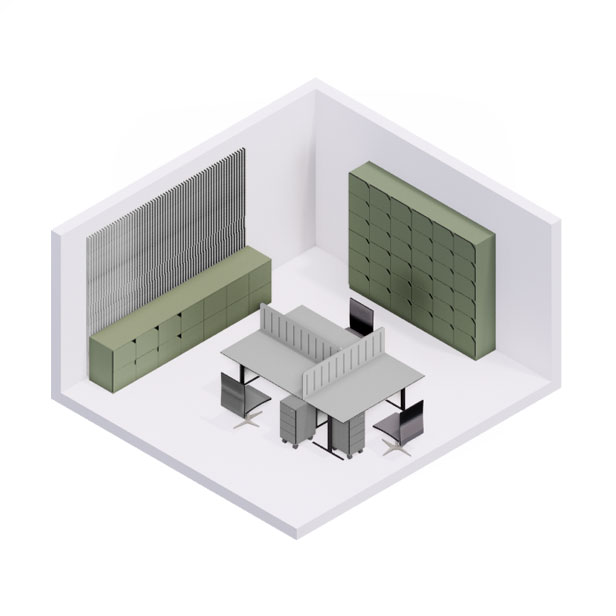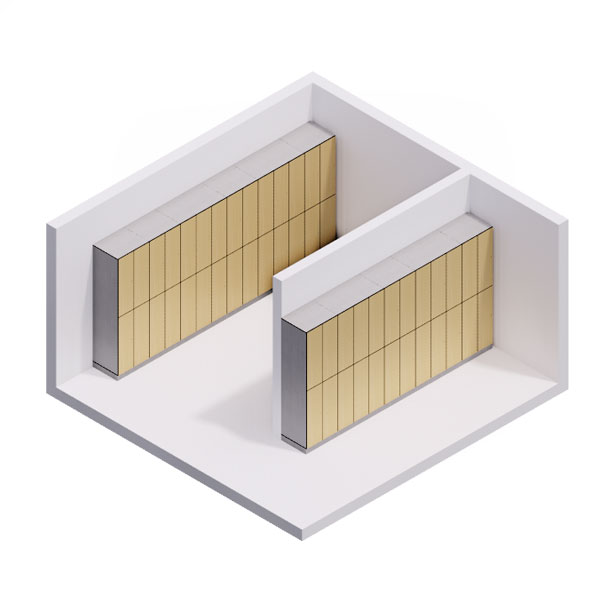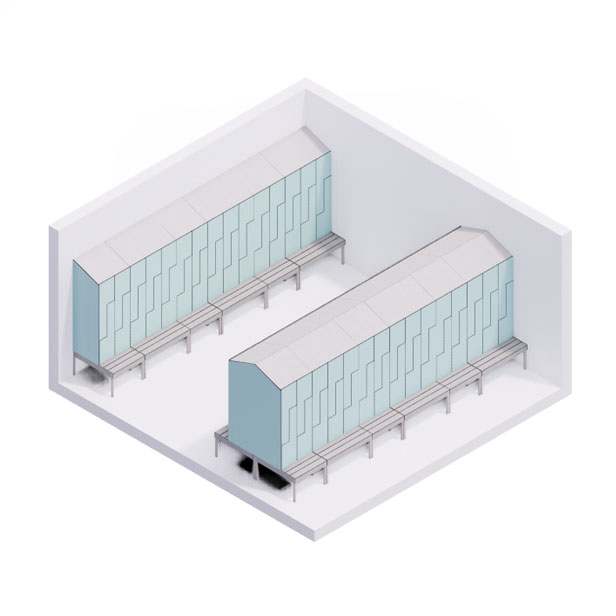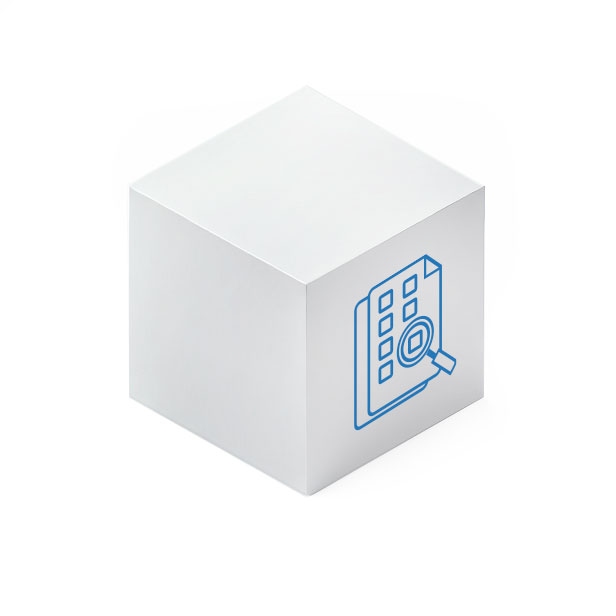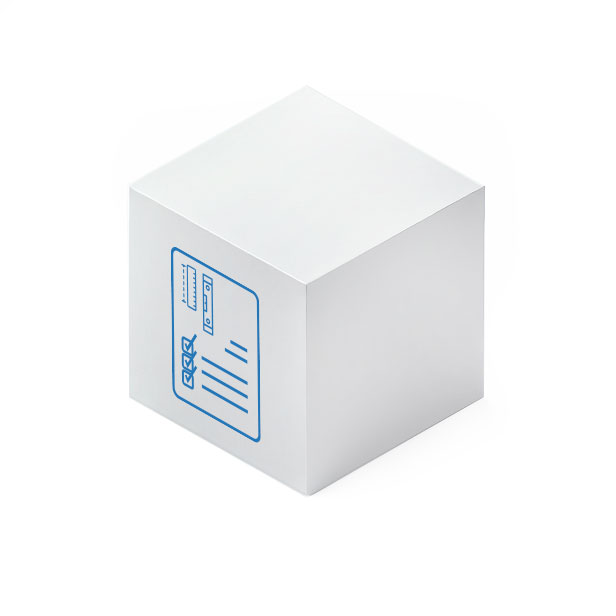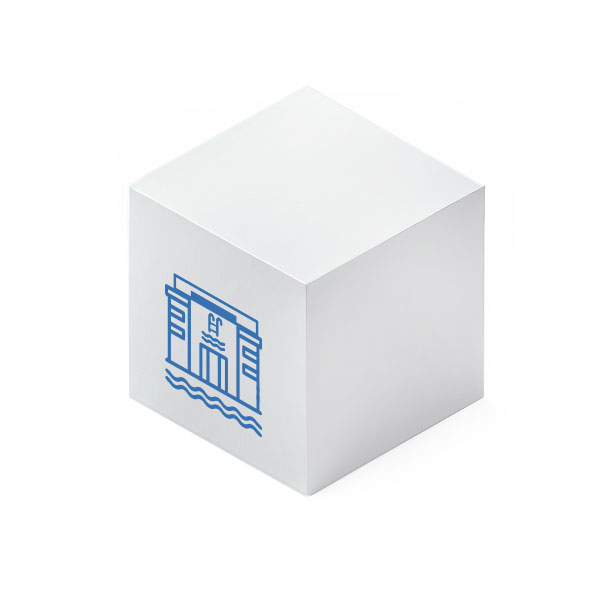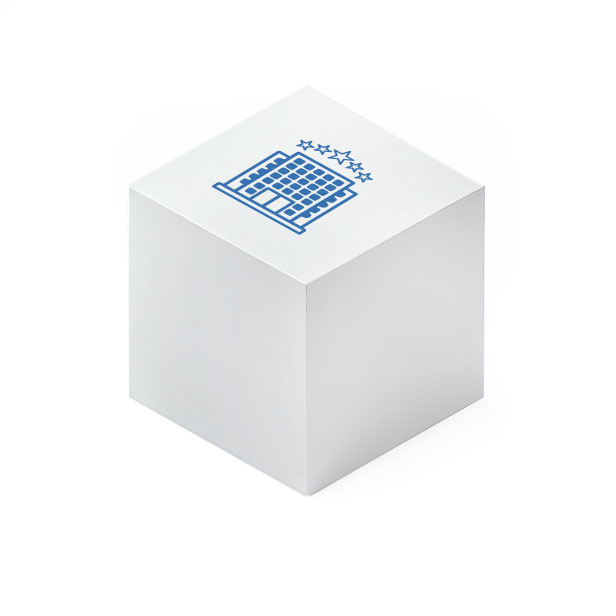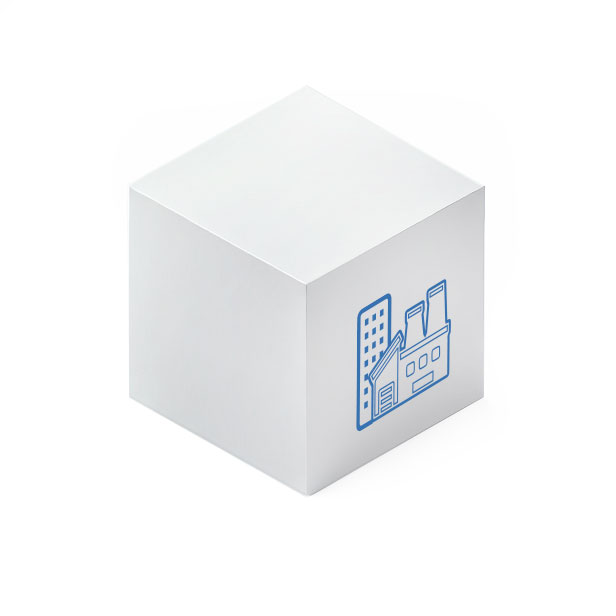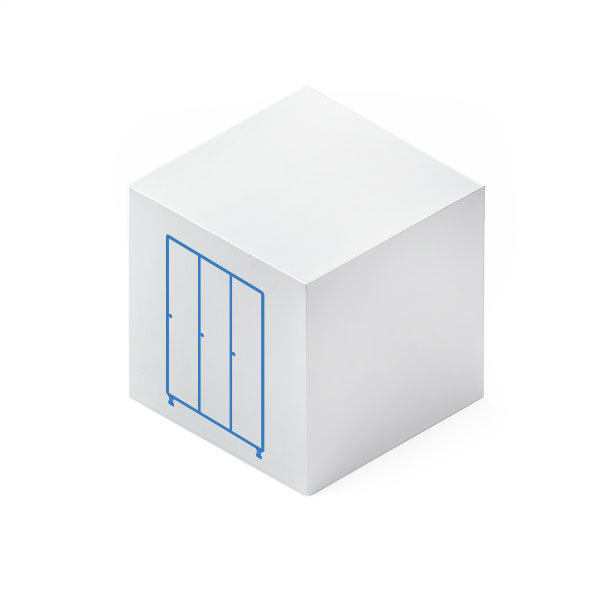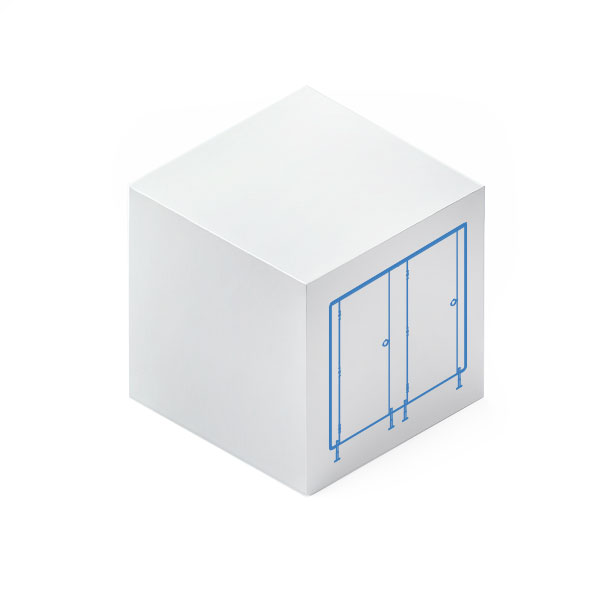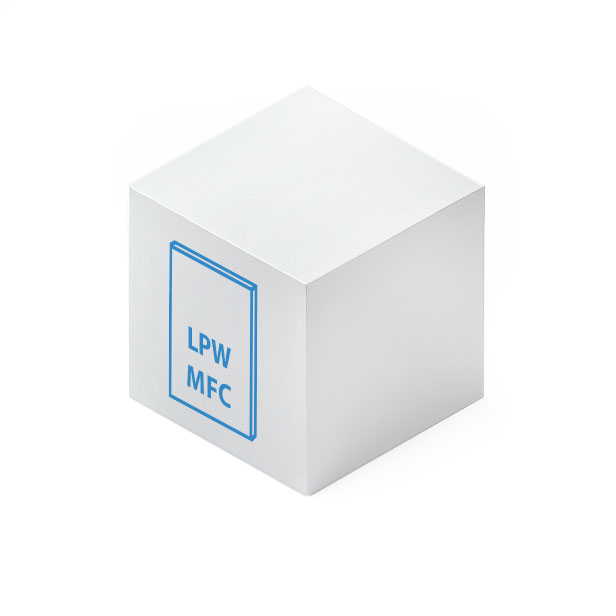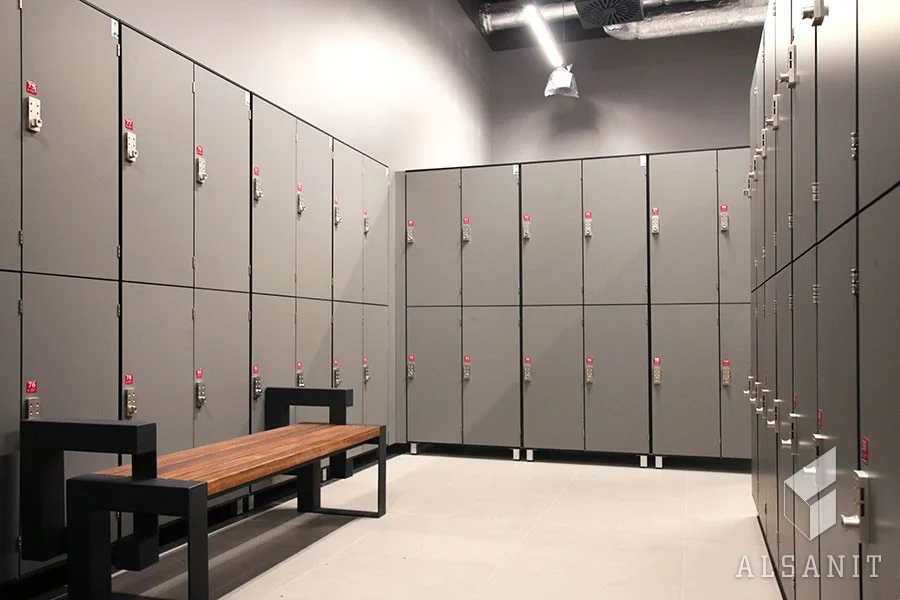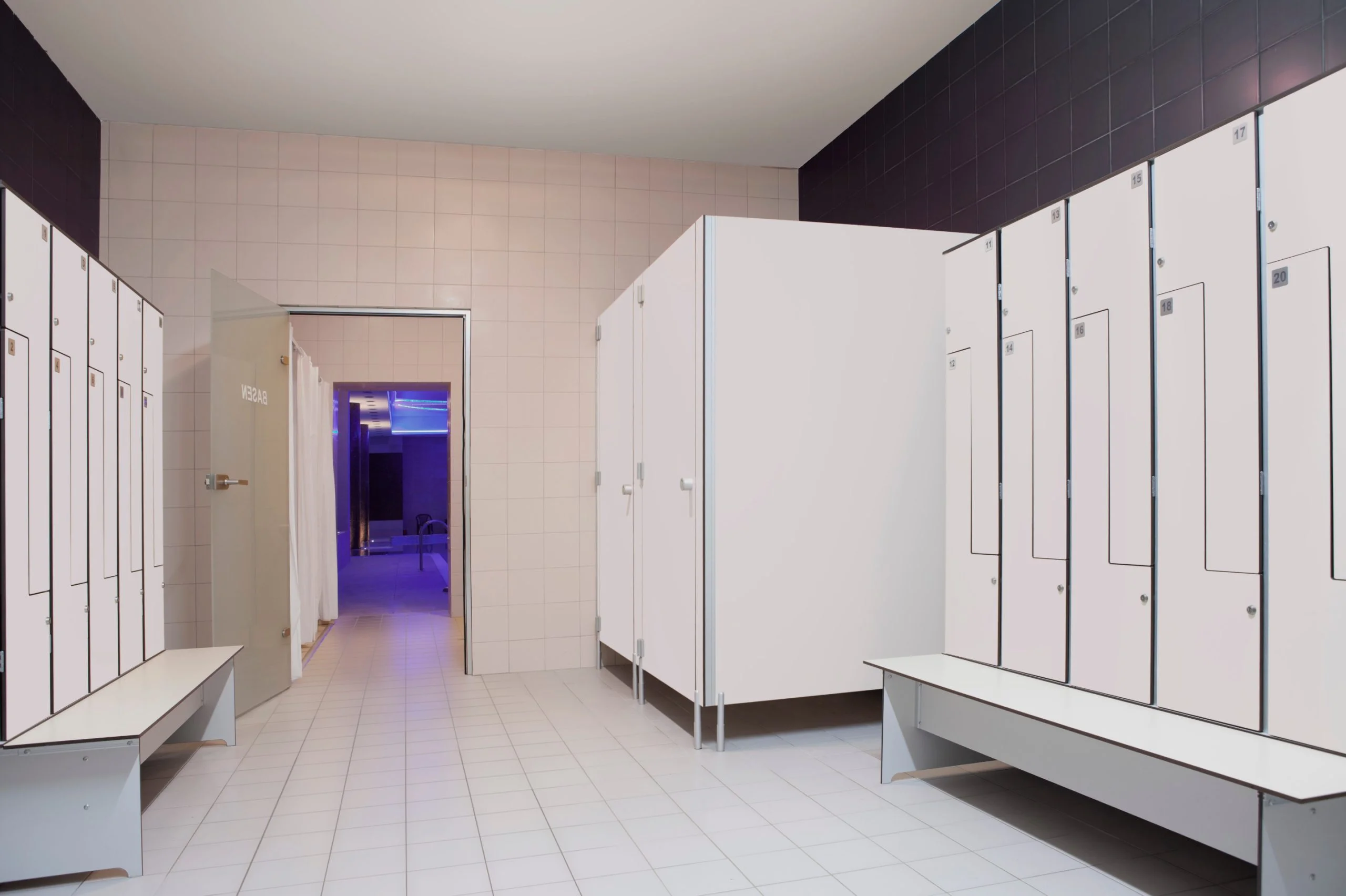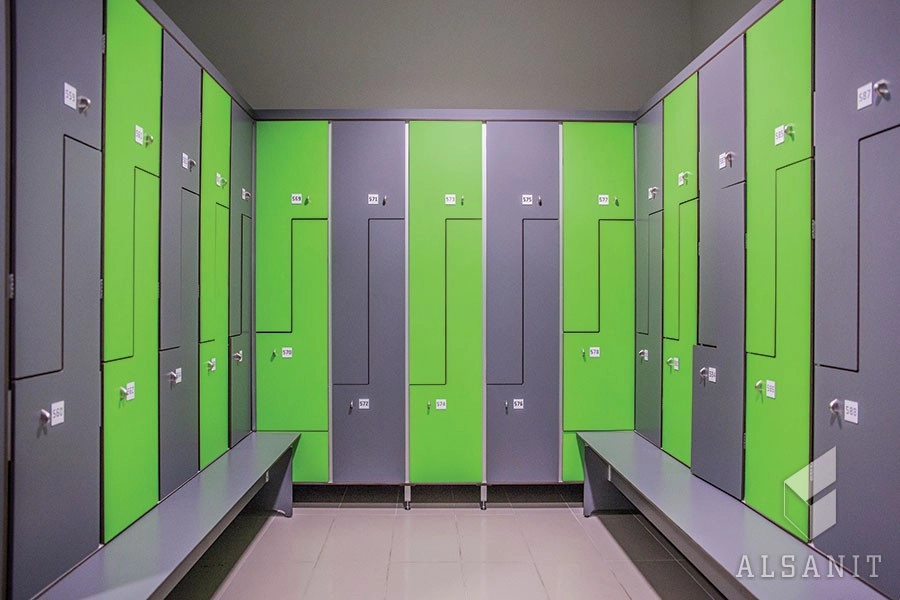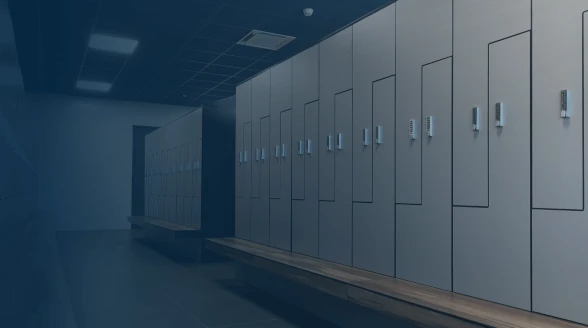Swimming pool locker rooms – infrastructure and legal requirements
Hygiene and sanitary infrastructure in sports facilities is very important. It is especially important at swimming pools, where the right choice of materials matters. In sports facilities like swimming pools, components can be easily damaged due to the environment at the facility, but also by users. Therefore, proper design of swimming pool baths and changing rooms will minimize these risks. What components must pool changing rooms be equipped with and what materials should they be made of?
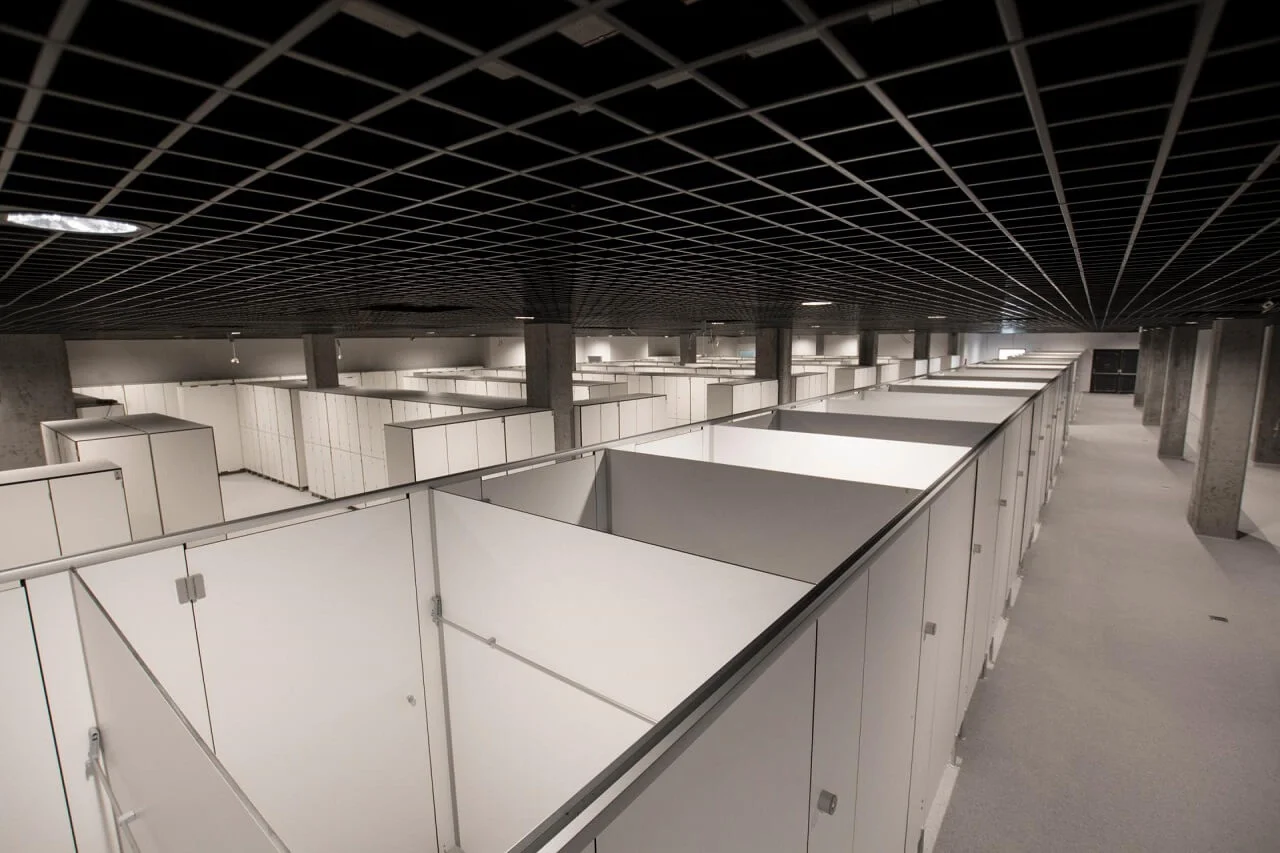
Requirements for hygienic and sanitary conditions at swimming pools
The conditions for the development of swimming pools are specified in the guidelines of the Chief Sanitary Inspector. These guidelines are based on recommendations set by the World Health Organization. They relate in particular to the quality of water in the pool, but these points also specify the sanitary conditions that the pool locker room must meet. This is important for reasons of cleanliness and order that must be maintained in these facilities. Adequate infrastructure maintained not only in the swimming pool itself, but also in the changing rooms, minimizes the occurrence of mechanical and health hazards.
According to the requirements of the GIS, recreational and sports facilities, such as swimming pools, absolutely must meet the appropriate sanitary-hygienic and sanitary-technical conditions. All facilities – already planned at the design stage of the entire infrastructure, have an impact on the final quality of water, as they minimize the entry of microorganisms, bacteria and other contaminants into the actual tank.
According to the standards described by the GIS – already in the main lobby of the facility there should be a checkroom for outer garments, from it you should go to the pool changing room. The Chief Sanitary Inspector also specifies recommendations as to the materials that should be used to make clothing lockers, pool changing rooms, benches, flooring or shower stalls in public facilities.
Get in touch!- All hygiene and sanitary infrastructure should be made of materials that do not soak up water, are resistant to disinfectants and detergents, and are easy to wash and clean.
- In areas such as the swimming pool, clothes lockers and changing rooms should be located on feet. The distance between the floor and the locker should be 15 cm. This allows for easy and quick cleaning of the surface.
- Walls in locker rooms should be covered with materials that do not soak up moisture and are resistant to disinfectants.
- The ceiling must be treated with a product that prevents mold growth.
- It is necessary to separate the path of the so-called shod foot and barefoot. They must not cross each other.
- Pool locker rooms – divided into men’s and women’s – must have direct access to toilets and showers, as well as separate changing rooms.
- Toilets must be located before showers.
- Shower cabins should be equipped with soap and hot and cold water. Each person who uses the pool is obliged to wash himself before entering the swimming pool area proper. On the other hand, the non-slip floor at the showers should be profiled so that water drains directly into the drain. It must not accumulate.
- The area separating the pool locker room from the swimming pool should be equipped with a paddling pool for foot washing.
What should changing rooms and pool cabins be made of?
The most popular and also the best material for making pool lockers, cabins, changing rooms, as well as benches, is HPL board. It is otherwise known as high pressure laminate (HPL), whose cellulose fibers pressed under high pressure were previously soaked in resin. Such treatment provides the board with strength and very high resistance to moisture. For this reason, it is used for all kinds of hygienic and sanitary infrastructure, including swimming pools. HPL does not soak up water, and it can be cleaned with chemicals, under the influence of which it is not damaged.
In addition, this board can have different colors, so the pool cabinets can be very nicely arranged in the locker room. In addition, the HPL sanitary cabin doors are mounted on high-quality hinges that do not corrode. The doors of sanitary cabins close by themselves. Any cabins, changing rooms, lockers or other products made of HPL panels, to a minimum, have limited places where dirt and debris of various kinds could accumulate. Products for swimming pool changing rooms are made to be convenient to use, as well as to clean.
Pool locker room equipment – what must be in it?
Swimming pool locker rooms must be equipped with functional infrastructure that will allow users of the facilities to use them conveniently. Gone are the days when the lockers of sports facilities discouraged the use of these places. The current development of locker rooms and baths at swimming pools conforms to standards, but also to the visual needs of the user.
- Clothes lockers for the pool locker room should be functional and aesthetically pleasing. Pool lockers must be located in such a way that users have easy access to them. Clothes lockers are made of HPL laminates, located on adjustable legs and equipped with coat hooks. In addition, clothes lockers at swimming pools should be integrated with an electronic customer service system.
- Toilets – The number of toilets and their size is determined by the spatial design of the facility and depends on its size and the number of users. Toilet cubicle doors are equipped with self-closing hinges, which should be made of materials resistant to corrosion and operational damage.
- Changing rooms – The size and number of changing rooms is determined by the designer, who individually adjusts them to the space. HPL laminate pool changing rooms can be equipped with doors or curtains. Transitional changing rooms are commonly used in swimming pools, which additionally serve the function of separating the wet zone from the dry zone.
- Shower cabins – Their final appearance is also determined by the designer. To save space, many swimming pools use showers arranged in a row, where the shower stations are separated by lightweight HPL walls. GIS guidelines specify that users should wash their entire body before entering the pool. Such showers for many people are not comfortable and intimate, so washing is already done in swimwear. Where possible, sanitary cabins with doors or shower partitions with curtains designed in “L” or “T” types are used.
- Benches – Swimming pool changing rooms must be equipped with benches, which are made of HPL boards with aluminum legs. As a result, they are lightweight, durable, do not soak up water and do not corrode. The benches designed by Alsanit also have adjustable legs, so their height can be adjusted to suit the changing cabinets.
Swimming pool changing rooms – safety and functionality
Sanitary cubicles, pool lockers and pool changing rooms absolutely must meet a certain criterion set by the GIS. This is to serve not only the functional use of the pool locker and changing room itself, but also to minimize the risk of water pollution and damage to the pool infrastructure. The equipment of a swimming pool should be based on high technical, hygienic and sanitary standards, so that the pool water can be used safely. Public facilities must comply with a number of architectural standards – taking into account facilities for the disabled.


